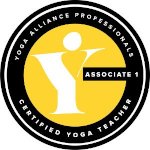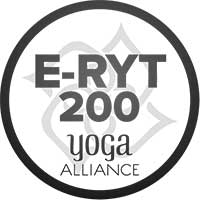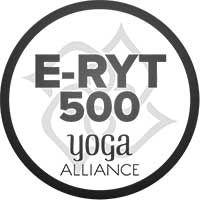There are various misconceptions about yoga that indicate it is only for individuals who are already athletic, flexible, and youthful.
We're here to dispel the myths about yoga that keep many individuals from even stepping onto a mat.
1
Yoga Is Simply A Set Of Stretches
Stretching entails sustaining a position to facilitate muscle healing, which necessitates lengthening the muscle to the point right before it becomes unpleasant. These yoga positions are linked together to form flows, going from one pose to the next while focusing on the breath.
Rather than focusing just on the physical body, these flows incorporate a spiritual component into the practice, urging you to focus on your mind and inner self.
While yoga does not involve typical types of cardio or weight lifting, it may include resistance training as well as challenging your coordination and balance. It is also likely to engage muscles you do not often employ, adding a new level of challenge to the workout.
2
Having Flexible Body is Important to do Yoga Asanas
If you've ever searched for 'yoga' on Instagram, you've probably seen influencers twisting themselves into nearly impossible poses. This is only one of the numerous sites where yoga misconceptions originate. Consider the downward-facing dog pose: people with tight hamstring muscles may struggle to push their heels all the way down to the floor.
However, the goal of this posture is to lengthen the spine without rounding the lower back; it is not necessary to be able to descend your heels entirely to do it. Working on gradually straightening your legs and lowering your heels as you gain skill is a terrific objective to strive for. Every day, a few minutes of dynamic stretching can assist build flexibility; they can easily be done anywhere!
Yoga is much more about stability than flexibility. Creating a stable calm mind is one of the main goals of yoga. To become flexible is just a side product of the daily asana practice, but surly not the aim.
3
Performing Yoga Asanas is not Workout
One of the most widespread yoga misconceptions is that it is merely a sequence of stretches, balances, and chants, rather than a kind of exercise. However, Yoga was initially designed to exhaust the body so that the mind could be free and clear for meditation.
Yoga also has many of the same advantages as sports that most people regard to be kinds of exercise, such as weightlifting, trail running, and swimming. Moving through the Asanas and focusing on the breath improves heart and lung function strengthens blood vessels and decreases blood pressure over time.
Yoga practice shares many of the mental advantages of exercise, such as aiding in the reduction of anxiety and sadness. It not only allows the body to release endorphins like serotonin and dopamine for that post-exercise high, but it also promotes awareness and inner serenity for long-term satisfaction.
4
Yoga Is Only for Young Peoples
As we all know, yoga is a very spiritual, mentally changing exercise that anybody may benefit from! Of course, older people should exercise caution when doing yoga because they often have tighter joints and more delicate bones, placing them at a larger risk of injury.
Postures, on the other hand, maybe readily modified. Many senior folks, for example, like to begin their yoga practice on a chair for strength and flexibility. In reality, there are various advantages to yoga that make it an excellent form of exercise for the elderly.
5
Yoga Is Specifically For Women
When people search for the finest yoga Instagram accounts to follow, they're likely to be flooded with photos of incredibly flexible, athletic women pulling off beautiful postures, which contributes to the idea that yoga is mostly for women.
This misconception has also emerged as a result of the fact that women are inherently more flexible than males. However, as you now know, flexibility is something you can improve via yoga practice rather than something you should start doing right now.
In reality, enhanced cardiovascular health and stress reduction are only two of the many advantages that both men and women may gain from yoga.
6
Yoga is not Suitabe for Overweight Persons
Yoga classrooms are packed with individuals of all shapes, sizes, and fitness levels, Yoga positions, it's crucial to remember, are there for your benefit, and they can always be tweaked to make them effective for your specific body type.
Most postures may also be modified with the use of yoga props such as blocks, bolsters, or straps, allowing anybody, regardless of shape or experience level, to practice. Always approach your teacher if you're having trouble, as they may be able to provide tips to change their practice just for you!
The postures, while vital, are simply performed to let you access the spiritual aspect of the practice, which encourages you to focus on your mental state and assists you in reaching your inner self.
7
Yoga Sessions takes a lot of Time
Yoga practice is fantastic since it can be readily altered to meet your schedule. A fast 20 to 30-minute session in the morning or evening, for example, can be a terrific way to prepare for the day or wind down before bed. Traditionally in yoga philosophy, the day has 30 units (instead of 24 hours), and its recommended to do one unit (= 24 minutes) practice every day. But, you might also choose to do 5 to 15-minute sessions. This might include a 2-minute warm-up and a 3-pose sequence to relax and reunite your mind and body.
If you find yourself succumbing to yoga myths like this one owing to a hectic work schedule, put a mat at your desk and practice whenever you have 5 minutes. You don't always have to wait for the right opportunity to practice yoga — make it a part of your daily routine.
8
Yoga is a Religious Practice
Since its beginnings in India over 5000 years ago, yoga as a concept and practice has been linked to Hinduism. The Upanishads, a collection of over 200 Hindu writings that describe meditation practices that help us find our actual inner selves, were the first to mention yoga. Hindus have always practiced it to develop calm and serenity with the world.
Yoga, as a spiritual and philosophical discipline, shares the concept of inner introspection with religion, which may help you reach a sense of peace and serenity inside yourself. However, it is not a religion, and you should not allow myths about yoga, such as this one, to deter you from practicing if you are religious.
Many people find that doing yoga helps them to develop their faith since the contemplative part of the practice allows for silence and self-reflection. As a result, yoga may be utilized to feel closer to whatever higher force you believe in, but it can also be a fully secular practice.
9
Yoga can be Learned Online or by Reading a Book
Many websites offer to help you become a Yoga master in only a few hours. The same is true for books with names like 'How to Learn Yoga in 7 Days.' This is just not feasible, and it is the next of our yoga myths to dispel!
Although it is feasible to master the fundamentals of yoga in only a few days, the impulsive approach to learning that is frequently advised online can lead to unhealthy habits and, in severe circumstances, damage.
Attending a class with a skilled instructor is the best method to learn yoga, especially for beginners. The instructor will utilize their knowledge to tweak and correct your form, ensuring that you are practicing correctly right from the start of your yoga journey.
10
You cannot do Yoga with Bad Back
Those who have reduced movement due to back problems may discover that yoga relieves their suffering. A study in 2011 already has been done that compared the effectiveness of yoga to standard therapy for chronic or recurring lower back pain.
Yoga is particularly helpful in treating back pain because it teaches to focus on balance, which helps the body to create defenses against frequent sources of pain.
Strengthening weak pelvic and abdominal muscles, as well as boosting hip flexibility, can aid improve posture. In the long run, this lessens the strain on your back. It also helps you to stretch tight muscles in your back, which promotes mobility and lowers muscular tension, hence alleviating back discomfort.

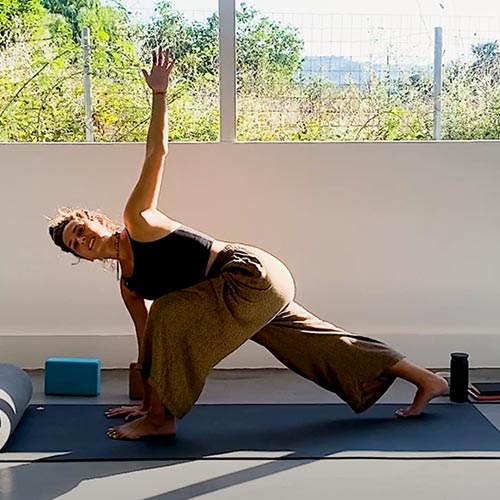
 90 min
90 min
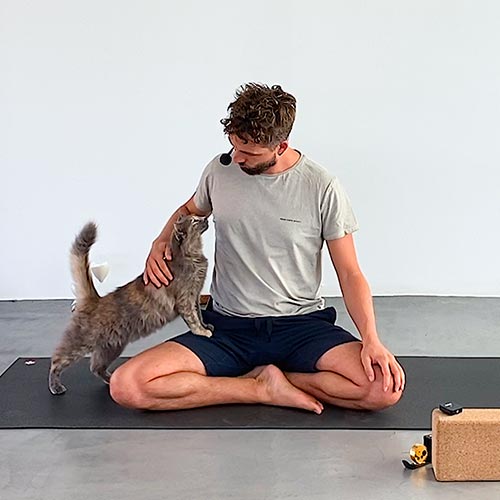
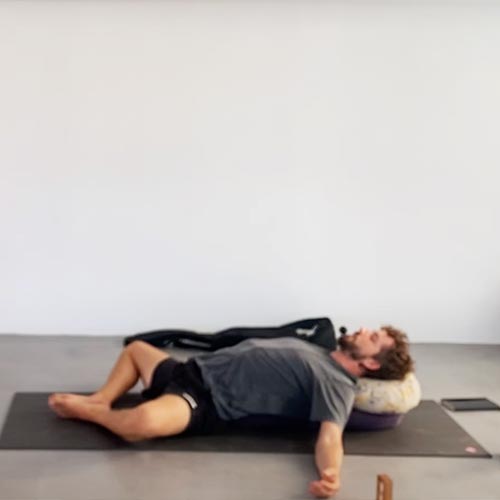
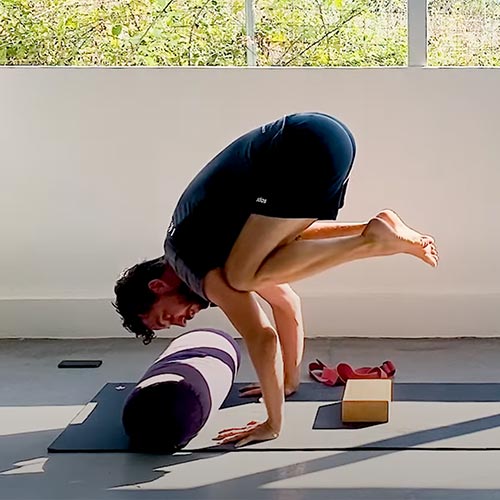
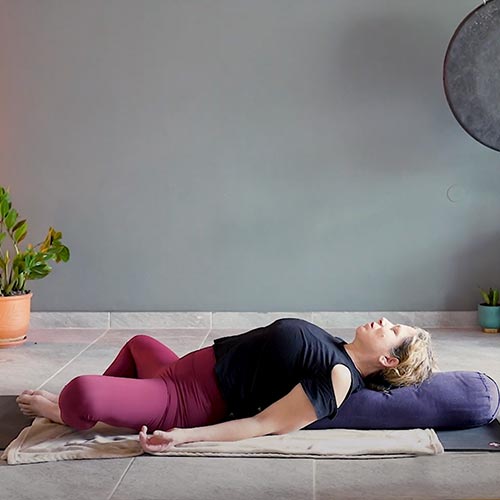
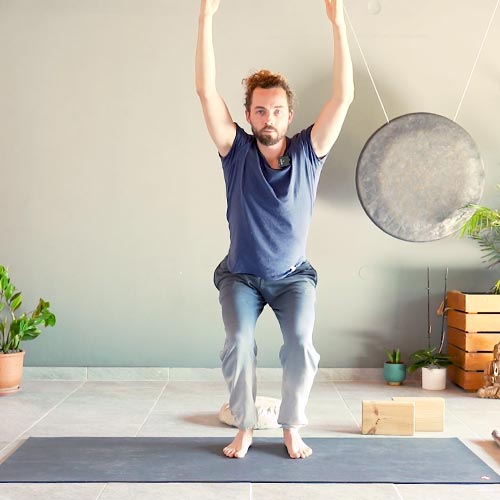
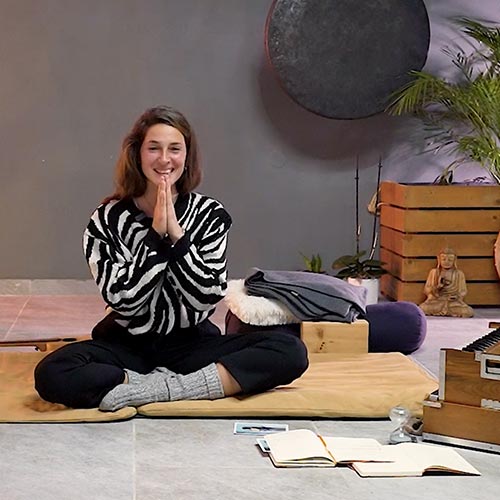
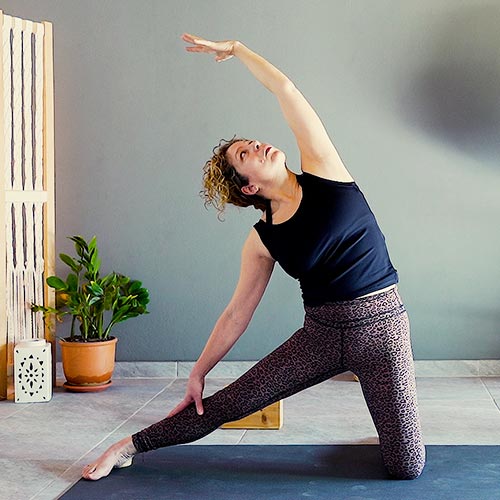

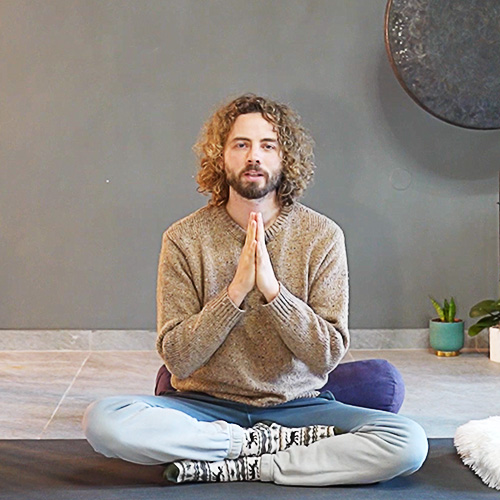
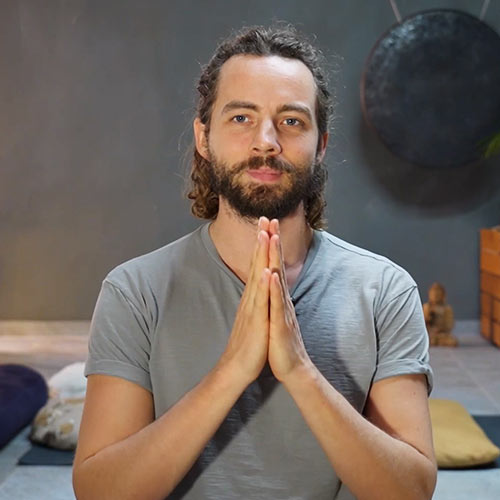
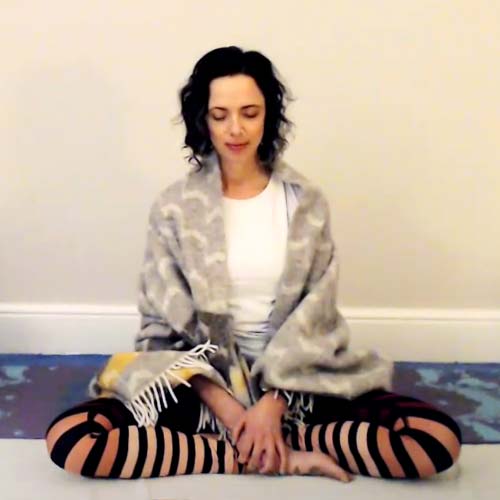
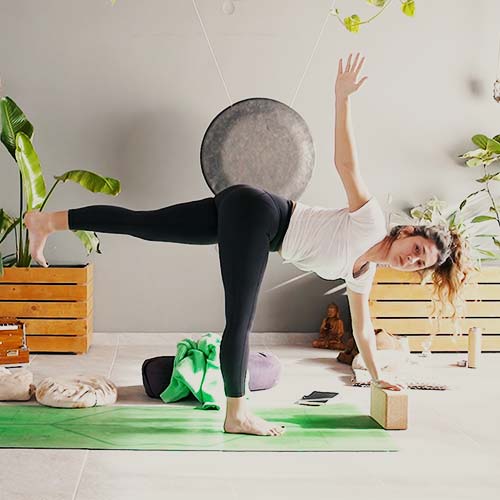
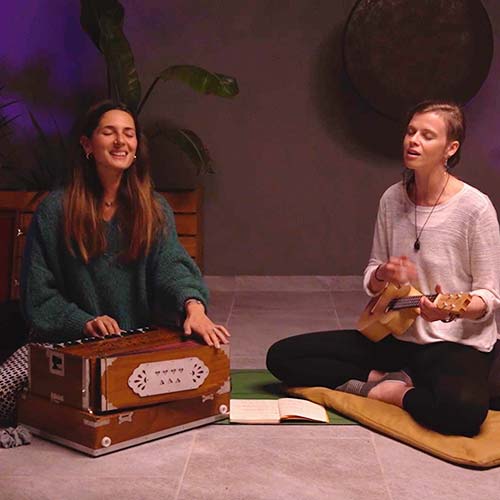

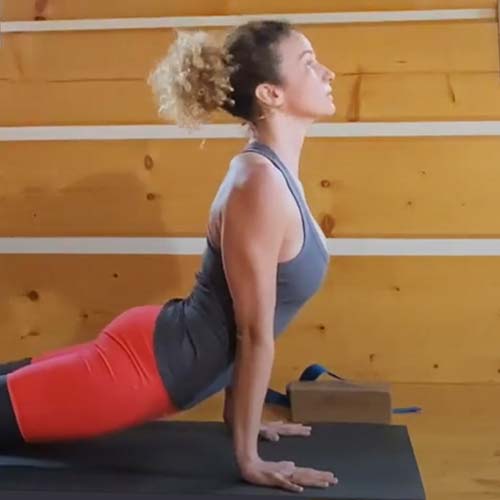
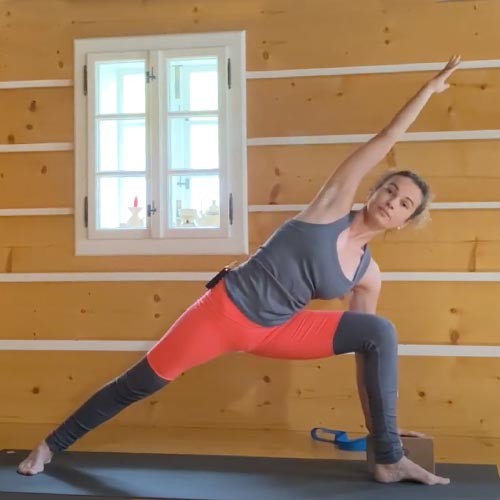

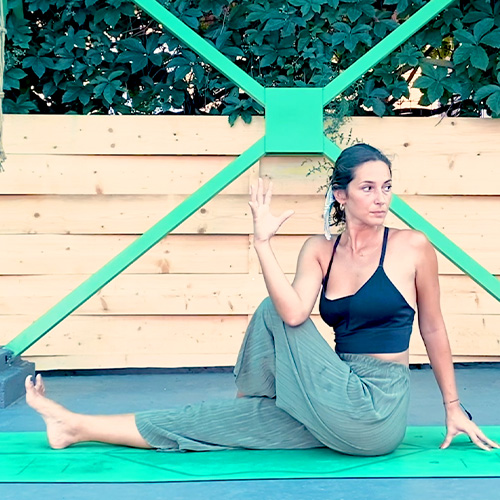
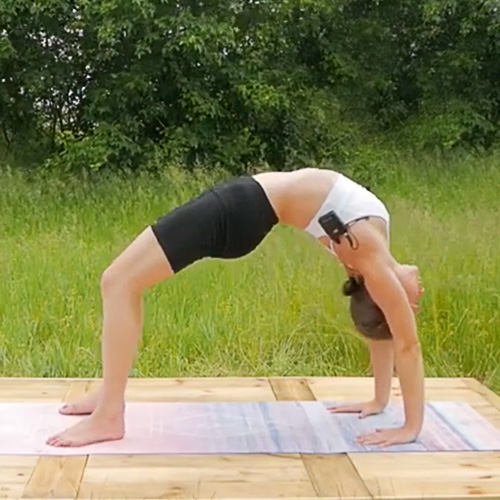
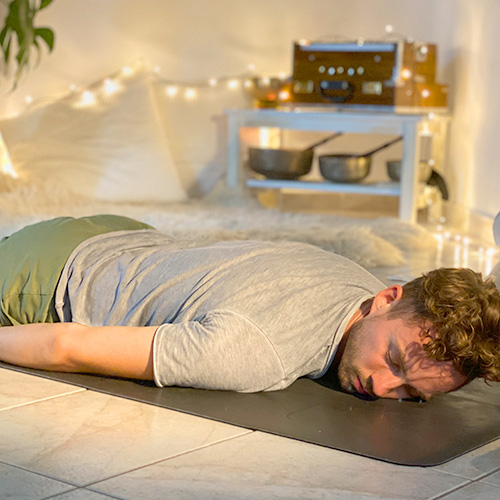
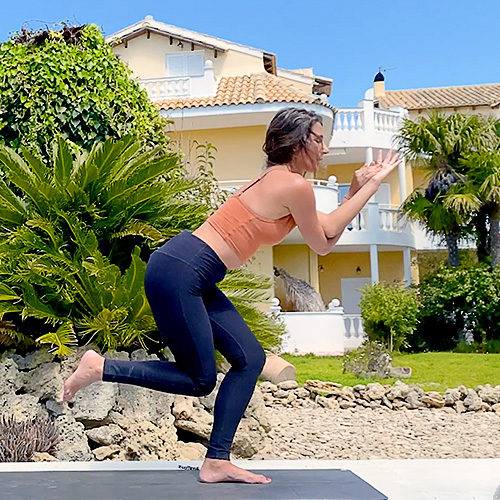
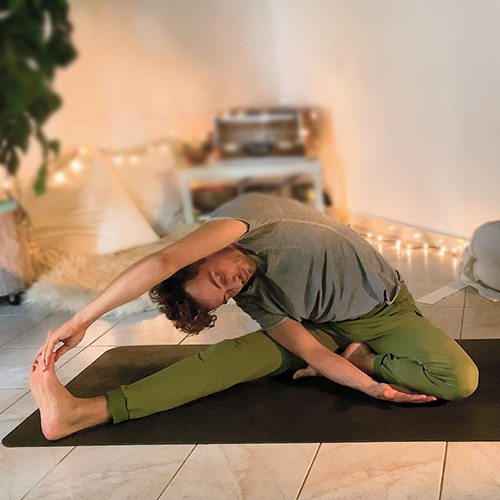
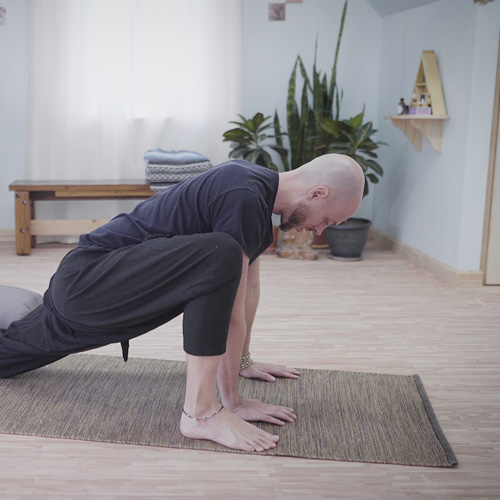
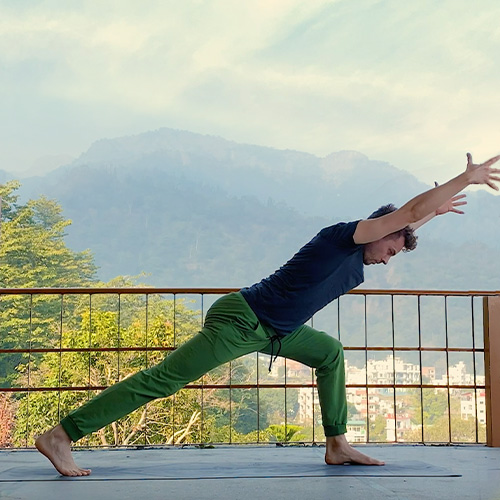
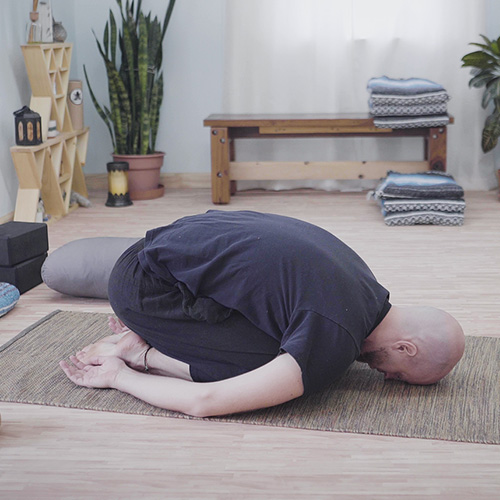
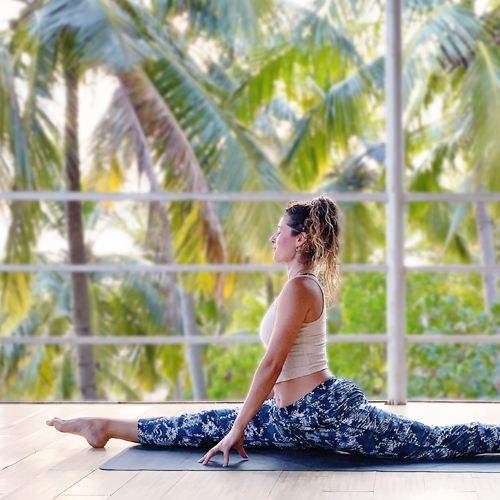
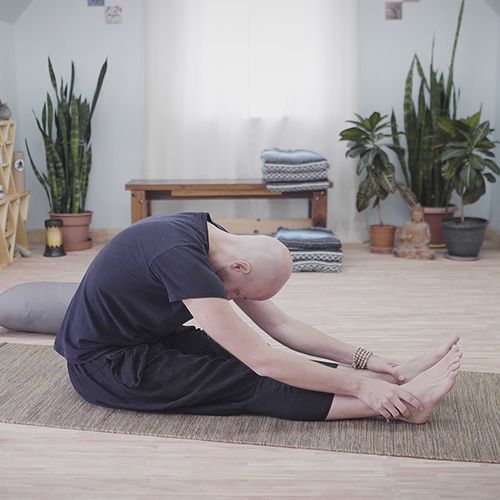
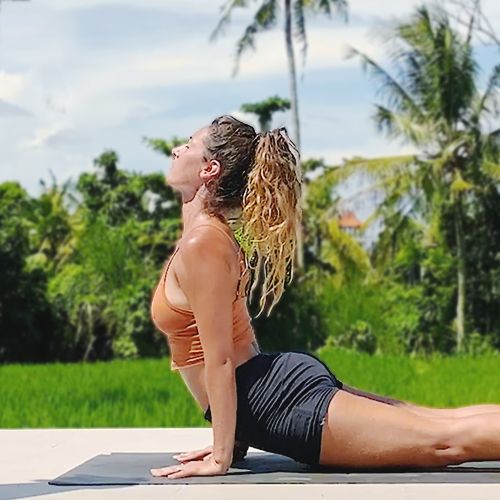
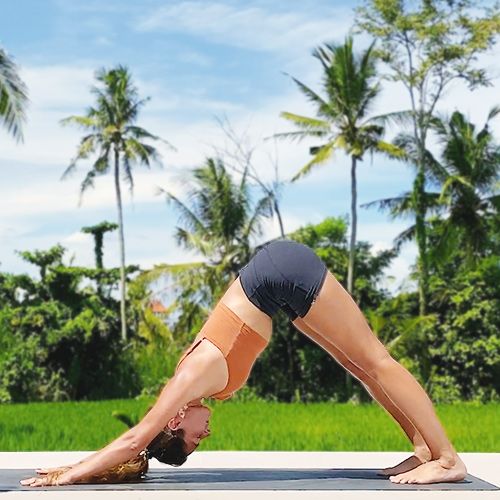
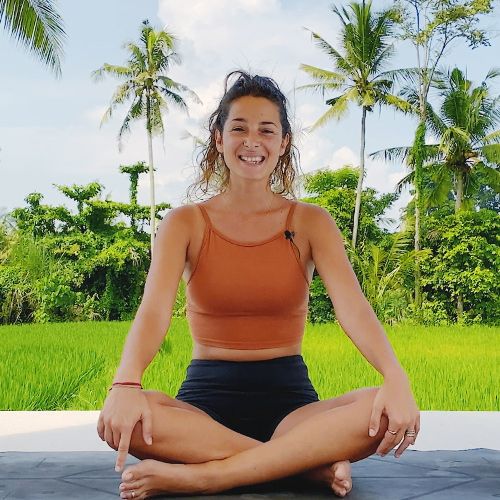
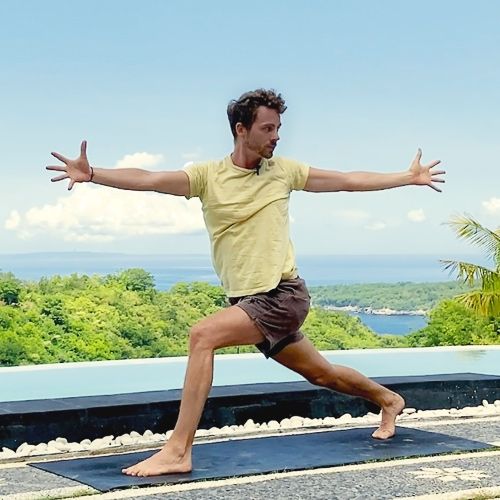
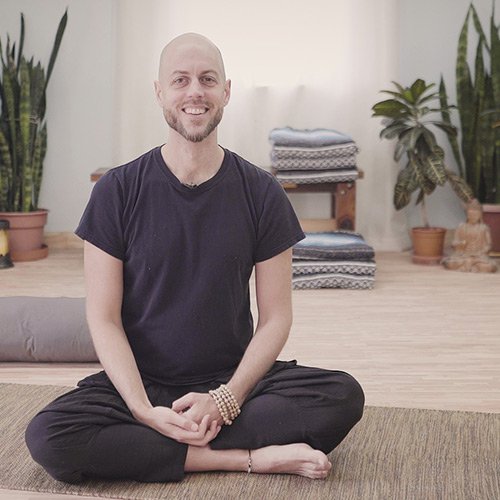
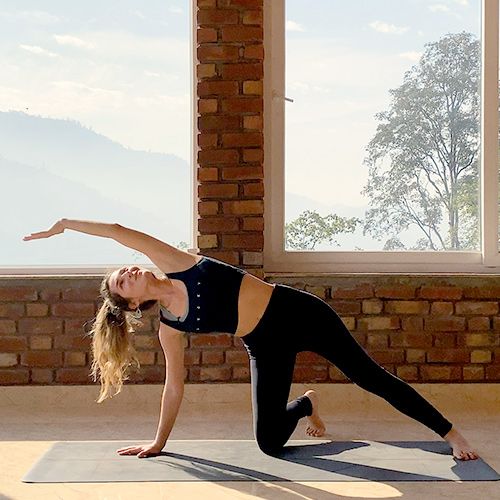
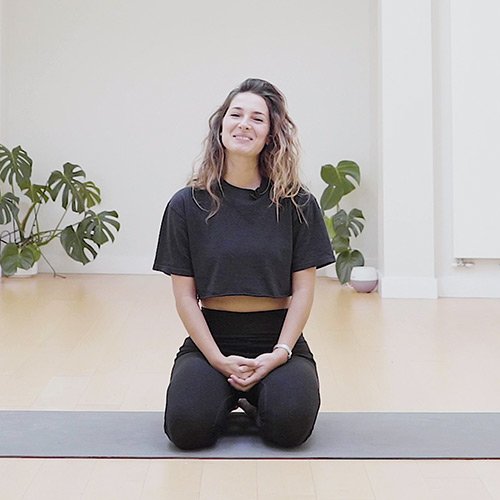

 read more
read more



